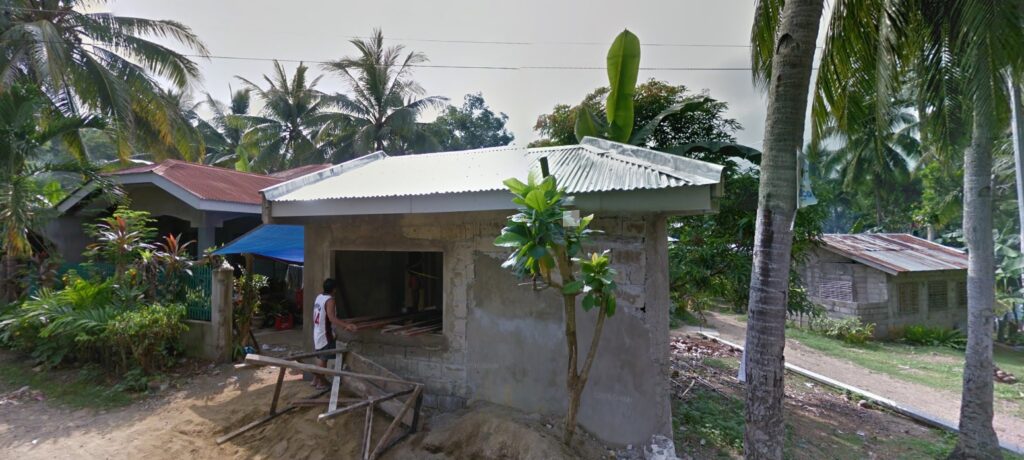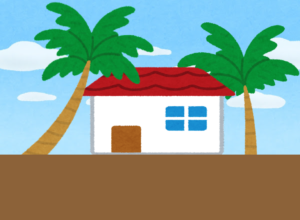
When foreigners buy houses in the Philippines, they are allowed to own condominiums and townhouses (row house style houses, which are treated the same as condominiums).
On the other hand, foreigners are not allowed to buy land.
My wife is Filipino, so when we buy land, we put it in her name.
Looking at real estate information in Cebu, subdivisions in the suburbs are sold together with townhouses as well as detached houses.
If you are looking to buy a house in your own name, I think these townhouses are a good choice.
However, they have only two or three bedrooms, so they are suitable for nuclear families.
We've already bought the land and will be building a house.
The land is in my wife's name, but the ownership of the house can be in the name of the foreigner.
There is a lot of advice on the Internet about ownership when you marry a Filipina woman and build a house in the Philippines, that you should keep the house in your name just in case something happens.
The ownership of our house is also in my wife's name.
The reason for this is simple: the house is a safe place for my wife and children to live.
Many of the properties that are being sold online are either new houses for sale in the subdivision or used houses.
All of these prices include the cost of the land, so we don't know what the price of the building is.
Many of the properties that are being sold online are either new houses for sale in the subdivision or used houses.
All of these prices include the cost of the land, so we don't know what the price of the building is.
Houses in the Philippines are usually made of reinforced concrete, with columns made of reinforced concrete and walls made of blocks, as shown in the photo below.
The reason why we don't build wooden houses like in Japan is because termites are everywhere, making it a termite paradise.
In Japan, termites build their nests in the soil, so it is only necessary to prevent them from entering under the floor, but in the Philippines, termites fly in and attach themselves to the wood, making it difficult to prevent them.
By the way, termites are not related to ants but to cockroaches.
So there is a high possibility that a wooden house will be ruined in a few years.
Because of this, houses made of reinforced concrete blocks are common in the Philippines.

Many houses have mortar treatment on top of the blocks and then paint over it. The easiest roof is a tin roof, but for longevity, tiles (in the Philippines, many tiles are painted on concrete) are placed on top.
The cost of construction varies depending on the material, but it is usually between 15,000 pesos and 20,000 pesos per square meter.
If the house is 120 square meters, the cost would be 1,800,000 pesos to 2,400,000 pesos. That's about 5,000,000 Japanese yen.
In addition to this, interior furniture and incidental facilities are also needed, so a budget of about 7 million Japanese yen would be good.








